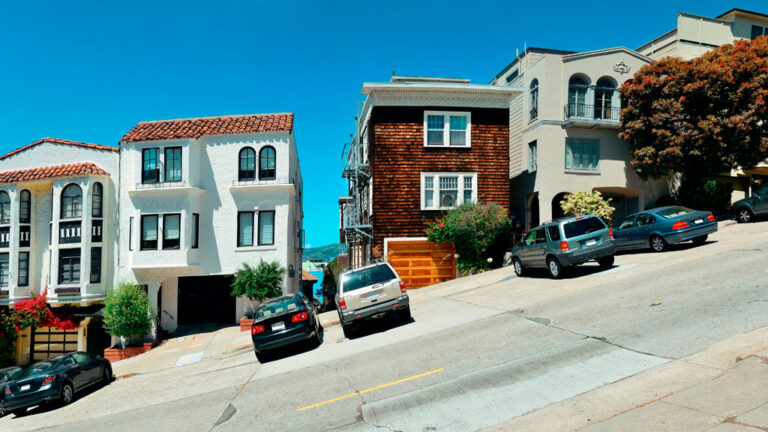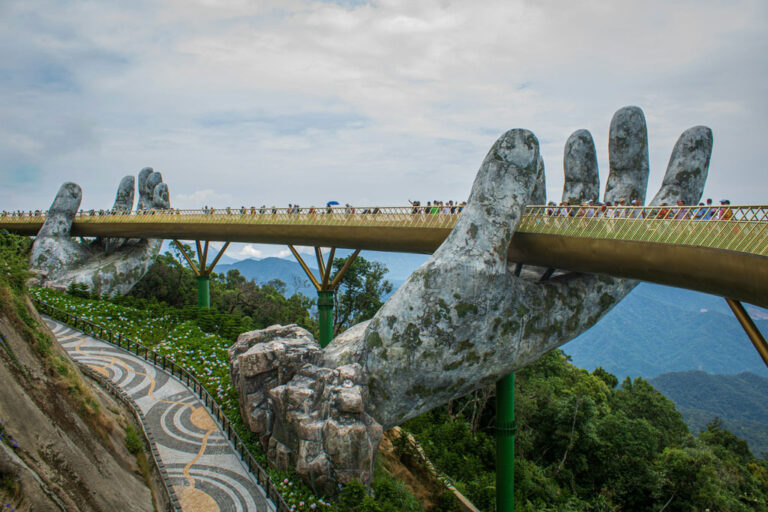Navigating Human Dynamics—Reflections on Chairing the AAG Symposium on Environmental Exposure, Mobility, and Health
By Michaelmary Chukwu
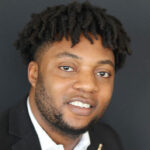 At the 2025 AAG Annual Meeting in Detroit, I had the incredible opportunity of serving as both a session chair and presenter for the 11th Symposium on Human Dynamics Research. This year’s symposium, themed “Human Dynamics and GeoAI,” marked a major evolution of geographic thought—building on a decade of intellectual contributions that have redefined how we understand human-environment interactions in increasingly multifaceted physical and virtual worlds. Thanks to Dr Xinyue Ye, Department of Landscape Architecture and Urban Planning, Texas A&M University and Dr Xiao Huang, Department of Environmental Sciences, Emory University, for allowing me to take up such a monumental adventure—one that has shaped my experience of AAG for the better.
At the 2025 AAG Annual Meeting in Detroit, I had the incredible opportunity of serving as both a session chair and presenter for the 11th Symposium on Human Dynamics Research. This year’s symposium, themed “Human Dynamics and GeoAI,” marked a major evolution of geographic thought—building on a decade of intellectual contributions that have redefined how we understand human-environment interactions in increasingly multifaceted physical and virtual worlds. Thanks to Dr Xinyue Ye, Department of Landscape Architecture and Urban Planning, Texas A&M University and Dr Xiao Huang, Department of Environmental Sciences, Emory University, for allowing me to take up such a monumental adventure—one that has shaped my experience of AAG for the better.
The symposium’s foundation was engrained in a timely recognition: that contemporary human experiences of space and place are no longer limited to traditional geographies with which we already are familiar. Rather, spatial experiences now unravel across hybrid realms shaped by technologies such as the metaverse and fediverse, generative AI, and quantum computing—although these are relatively novel to me. As spatial researchers, we are often challenged—and empowered—to adapt our conceptual and analytical designs to this convergence. The sessions I chaired brought together a diverse group of scholars exploring how dynamic environmental exposures, shifting mobility patterns, and evolving health outcomes intersect in this digitally augmented landscape. Collectively, these sessions illuminated the role of GeoAI as both a lens and a tool for addressing these multifaceted challenges. My aim in this article is to reflect on my experience facilitating and participating in these sessions, highlighting key themes, emerging insights, and the broader significance of human-centered, technologically informed geography in an era of rapid transformation.
A Broad Shift in the Discipline
The field of human dynamics has always been centered on the spatial understanding of how people interact with their environments—how they move, where they are exposed to risks, and how these patterns shape health, opportunity, and resilience. Nevertheless, in today’s ever-changing world, these interactions have become more fluid, complex, and pushed by emerging technologies. I like how Dr Ye articulated this perspective:
The foundation of human dynamics research lies in understanding human needs, wants, and constraints… GeoAI, with its ability to analyze spatial data through artificial intelligence, will play a critical role in bridging human dynamics with geographic insights, offering new ways to understand and respond to complex urban challenges.
The 2025 Human Dynamics Symposium embraced this evolution, emphasizing a human-centered and convergence-driven approach to research. As we step even deeper into a hybrid era where physical places and virtual spaces blend, our analytical frameworks must be equally adaptable and dynamic.
The sessions I chaired revealed just how far human dynamics researchers have moved beyond merely mapping mobility flows or modeling progressive exposure. They are also now interrogating how AI-generated environments, real-time data streams, and machine learning (ML) algorithms shape human behavior and social vulnerability. A clear example is that the integration of data with environmental risk models can enable a sharper understanding of who is exposed to what hazards—and why. Similarly, GeoAI (the intersection of GIScience and AI) allows us to uncover disparities in exposure, which traditional lone geospatial techniques could not dictate. As Dr Huang has written, “As AI technology keeps evolving, we want to keep pace using it for socially beneficial purposes.”
This burgeoning intersection between technological innovation and geographic inquiry reflects a broader shift in the discipline. No longer are we just observers of mobility—we are now very much inclined to predicting, intervening, and (re)co-constructing human-environment futures. As many of the scholars presented their studies on everything from post-pandemic mobility changes to ethical concerns in AI-based exposure assessments, a clear theme emerged: human dynamics research must not only respond to technological disruption but also lead the way in shaping its implications for equity, access, and sustainability.
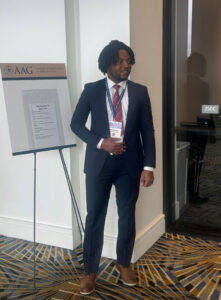
The first session focused on urban mobility and exposure disparities, setting a strong foundation for critical thinking and reflection on spatial inequities. Papers examined e-scooter adoption in Charlotte, flow detection techniques for board-scale mobility data, and state policy implications for climate and worker health in Canada. Particularly notable was a paper proposing the use of Points of Interest (POIs) as sentinel nodes for infectious disease surveillance, offering a compelling intersection of geospatial methods and public health. All presenters made important submissions that sparked deep philosophical thoughts in geography.
The second session featured methodological innovations among geographically diverse studies, such as shared-bike mobility dynamics in Seoul, modeled carbon efficiency using urban scaling laws, and the linkages of urban sprawl with subjective well-being in the U.S. One presentation stood out for its novel use of geolocation data to examine tobacco exposure risks using a neuroscience framework. Another presented COVID-19 risk mapping in Kwara State, Nigeria, broadening the discussion to global health geographies and data-sparse regions. This session embodied the kind of interdisciplinary and cross-regional inquiry that the symposium aims to foster.
The final session turned attention to post-pandemic urban restructuring and digital-physical convergence. Presenters addressed the “donut effect” in U.S. cities due to remote work, correction methods for pedestrian mobility biases in Strava data, and the use of graph neural networks to estimate population flows from multimodal transport data. Two of the last presentations caught my attention: an analysis of mobility equity in four Atlanta neighborhoods in the context of the 15-minute city framework, and a forward-looking piece on GIS-based hybrid space-place approaches, emphasizing the need to rethink individual behavior across physical-virtual boundaries.
Throughout the day, the diversity of topics—ranging from graph theory and machine learning to behavioral geography and environmental justice—underscored the multidimensional nature of human dynamics research today. As an early-career geographer, I was honored to chair such a wide range of talks, with the opportunity not just to moderate, but to facilitate bridges between these ideas: connecting themes, fostering open discussion, and encouraging reflection on both technological promise and ethical responsibility.
AAG is not just a venue for presenting research, it is a dynamic community of thinkers, mentors, and co-creators of knowledge.
Presentation Insights: Sharing My Research
Among the highlights of the symposium was the opportunity to present my own research. I presented my study of how park visitation behavior varies across space, creating patterns that uncover inequities rooted in race, income, and location geography. Making use of longitudinal human mobility data from SafeGraph, the research revealed widening disparities in both access and usage of urban parks. More specifically, we showed that the borough of Manhattan enjoyed more access and use of parks—a predominately white area, compared with The Bronx, Queens, and Brooklyn, which are predominantly areas with people of color.
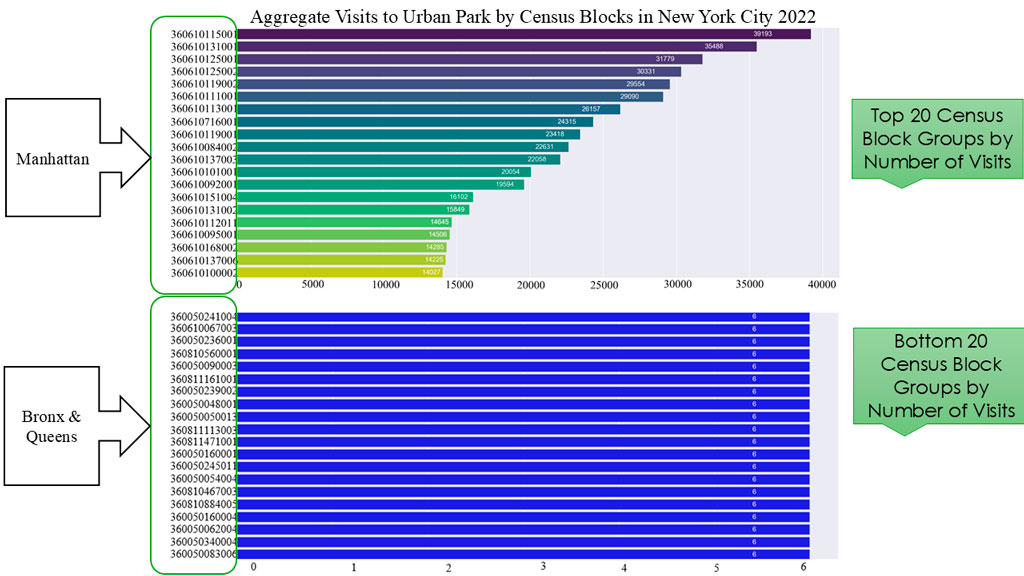
My presentation illustrated persistent gaps in visitation trends, spatially and statistically, at the census block group level. Low-income and racially marginalized neighborhoods in New York City consistently lagged in park usage, despite proximity. Some parks in those block groups were not well-maintained and lacked or had uneven distribution of park amenities. This points to a deeper narrative: access is not solely about distance but shaped by systemic barriers—ranging from safety concerns to cultural disconnection.
As a first-time participant at the AAG Annual Meeting—and at the time, a master’s student at the University of Arkansas—chairing not one, but three sessions within the Human Dynamics Symposium was an experience that exceeded my every expectation. Entering such an intellectually charged and collaborative space, I initially wondered how I would measure up. But from the very first session, it became clear that AAG is not just a venue for presenting research, it is a dynamic community of thinkers, mentors, and co-creators of knowledge.
The privilege to engage with and learn directly from leading scholars in the field of human dynamics profoundly shaped my understanding of the many aspects of geographical thoughts and the future. I paid close attention to how leading researchers grounded their advanced methodologies in real-world challenges such as health disparities, urban inequity, and the need for technological foresight. I appreciated how questions were asked not simply to critique, but to expand, refine, and deepen shared understanding of science of geography. This experience will remain a defining moment in my academic journey, affirming that even as an emerging scholar, there is space to lead, learn, and belong in the evolving story of human dynamics.
Michaelmary Chukwu is a Ph.D. student in Geographical Sciences and Cartography at the University of Maryland. He completed a master’s degree in Geography from the University of Arkansas in 2025 and a bachelor’s degree in Urban and Regional Planning from the University of Ilorin, Nigeria in 2021. He is a student member of the American Association of Geographers (AAG), American Planning Association (APA), and Cartography and Geographic Information Society (CaGIS) while also being a distinguished full member of Sigma Xi and Phi Kappa Phi Honor Societies. Michaelmary’s research interests are in GIScience, urban mobility, spatial statistics, GeoAI, computational social science, urban studies, active transportation, and remote sensing. He has received recognition for his outstanding works including a national scholar award from the University of Arkansas and Third Place student poster at the Southwest Regional Division of AAG.
Perspectives is a column intended to give AAG members an opportunity to share ideas relevant to the practice of geography. If you have an idea for a Perspective, see our guidelines for more information.
